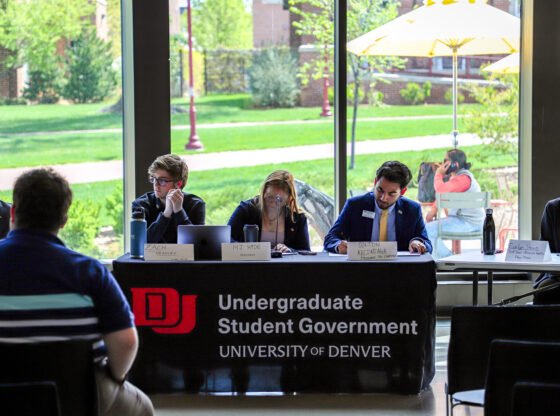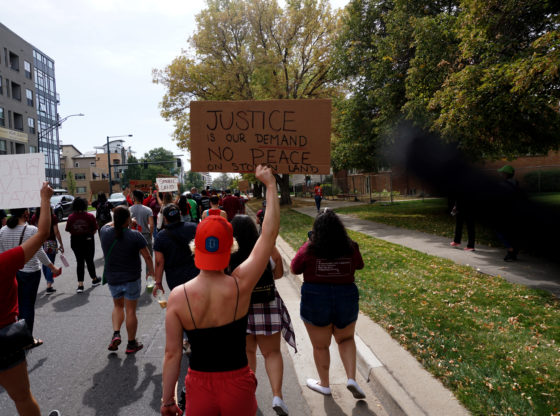The following is a Letter to the Editor for the Opinions section.
I would like to begin this piece by first stating that my opinion on affinity groups here at DU does not at all encompass the thoughts and opinions of the general population of students who are a part of these diverse groups. This piece is only meant to share my experiences as a member of these groups and what I have taken away from being a member of them.
My first introduction to being a part of an affinity group came during my 2nd year here at DU as a transfer student. As someone who identifies as an African American male on top of being a transfer student at a predominately white institution (PWI), feeling out of place is something that has become inevitable.
Finding your community or your group of lifelong friends has become an integral part in the transition to entering college. As a social person, it was not hard to start up conversations with anyone really, however, finding my community at a PWI has always been something that I have struggled with. Many other marginalized students can attest to this as well.
This was not until I was introduced to Black Student Alliance (BSA), one of many affinity groups here on campus that provides support to students that identify as African American. The group consisted of mainly students who identified as such, none the less they were welcoming of all students who wanted to be a part of the group.
Throughout my time here at DU, I was fortunate enough to be involved with groups like BSA taking on roles such as the interalliance liaison which consists of being a first line of communication when needed to help locate the correct resource on campus and most recently the president. However, an observation that I have made during my time being involved in an affinity group is that there is a huge disconnect in the level of enthusiasm among both the incoming class of students and the upperclassmen. It has often become a struggle to encourage students to either show up to events or even attend general meetings without either forcing or incentivizing them to come.
While the vigorous stress and exhaustion of academics that come with being a DU student and not to mention how the current pandemic coupled with online learning has burnt out many students can be to blame for this, for most students, showing up to events and meetings is very underwhelming. They often come into these meetings with the impression that the room is filled with a lot of students and eventually are met with disappointment when only a few people are in attendance aside from the ones who run the meetings or events.
As someone who has been present to these meetings and events I can attest to this.
What may be a possible solution to this you may ask? My personal opinion on this is that there should be more of an effort from older generations of students to bridge the gap in not only making an effort to show support, but encourage the newer class of students to attend. Particularly, older generations of students have the opportunity to lead by example and when the incoming class see that these older generations of students are having more enthusiasm towards coming to meetings and events. Then affinity groups will start to see more turnouts.











